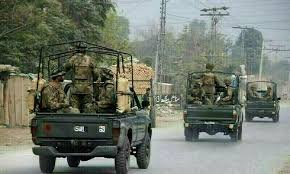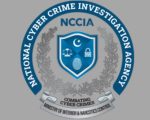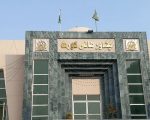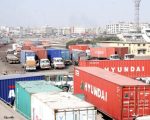“Any sufficiently advanced technology is equivalent to magic.” – Arthur C. Clarke (Author)
Addressing the perennial problem faced by our education sector – provision of quality education, infrastructure and facilities – is only possible through real-time monitoring of the public schools’ everyday functioning. The forthcoming annual budget must prioritize an authentic monitoring process, that includes monitoring the flow of funds and public schools’ all-around performance.
Radical measures can help bring about much-needed transformation faster. The biggest issues prevalent at the school level include poor attendance of teachers and students, ineffective utilization of time allocated to classes, infrastructural conditions, availability of facilities and the periodical assessments’ quality and frequency.
An efficient provincial or national web portal coupled with a mobile app providing assistance in all the major aspects from attendance to infrastructure will begin a new era of monitoring the everyday happenings at a public school. While allocating budget, sufficient funds should be allocated to introduce the modern technology, not only to keep a realistic check but also to collect authentic data for further improvement.
Monitoring the student turnover
The web portal must provide the space for registering students and marking their daily attendance. One of the issues faced by the teachers and parents is lack of frequent correspondence which hurts the education process as well as creates misunderstanding between faculty and parents. The web portal should be capable of saving parents’ contact numbers so that parents can be updated on their children’s attendance as soon as the attendance is marked. It will create a sense of responsibility for with every notification of absenteeism they will get involved in kids’ studies more than ever. Besides, these timely messages will help to keep parents informed in case of truancy.
The menace of rogue teachers
The dreaded performance of students in education thoroughly depends on the interest, punctuality and attendance of the teacher. Absenteeism means wastage of high-valued time that can never be compensated. Let’s calculate how much time will be wasted if a teacher doesn’t come to school on a day when s/he has four classes of 40 minutes:

Using web portal for teachers’ leave applications will bring better compliance and accountability. Teachers will also be facilitated, as they will forward leave application via a web portal or mobile app instead of presenting a handwritten request in person. This will, again, keep the data stored and updated, and this process will eliminate the risk of favouritism, allowing a sense of equality to prevail.Installing facial recognition system for the attendance of teachers will serve if directly connected to the district monitoring cell. Collection of authentic statistics depicting whether the teacher is regular and punctual or not is only possible with advanced technology. It’s true that Punjab has focused on the attendance of the teachers, but to avoid the favouritism hi-tech equipment’s introduction is compulsory.
Centralized assessments
Monthly assessment papers provided by the Federal education department shall be made available on the web portal in order to check the progress of the students. Centralized assessment marked by the optical reader will not only have a positive impact on the kids and teachers efforts but it will also portray an accurate picture of the performance of the school. There must be prizes for the best-performing students every month and for the most consistent teachers and schools annually. This appreciation will encourage the competitiveness among kids, teachers, schools and districts.
Identifying slow learners and kids otherwise will be realistic and easy by implementing monthly-centralized assessment system. This data will help teachers devise their lesson plans and they will be able to work exclusively on the slow learners. Even some meaningful efforts could be made to overcome the shortcomings of the kids who are lagging behind in studies.
The depleting infrastructure
Infrastructural conditions carry equal importance to the school’s learning conditions. The community level-monitoring cell will be assigned to capture snapshots of the facilities available at school twice a month and upload them to a centralized portal. It will compel the school administration to focus on infrastructure. Unfortunately, most schools have ample funds but the administration doesn’t spend that money, as they fear the audit system. They are afraid that if they develop or buy something new, the auditors will accuse them of being corrupt. Hence, they seldom try to bring changes in infrastructure.
Pictorial depiction of classes’ conditions, playgrounds, water facility, toilets availability and conditions to be monitored and evaluated on monthly basis will help keep the infrastructure intact.
Technology not only brings authenticity but also provides a channel of direct reporting. Delivery of instantaneous information enables the monitoring cell to act promptly. The real-time data is forwarded to all the concerns simultaneously; as a result, multiple level reporting diminishes. It limits the errors to the minimal level, as standardized forms of data collection are available.
Pakistan has a chance to meet the SDG4 if the policymakers introduce technology in the education sector. For many years, finances allocated to education sector haven’t been either used or have been lost somewhere in the conduit of corruption. Multiple level benefits can be obtained if we are able to implement the idea of the web portal in our schools. It will also put an end to the exhaustively debated issues of devising sustainable policies, overspending, underspending and effective monitoring.














